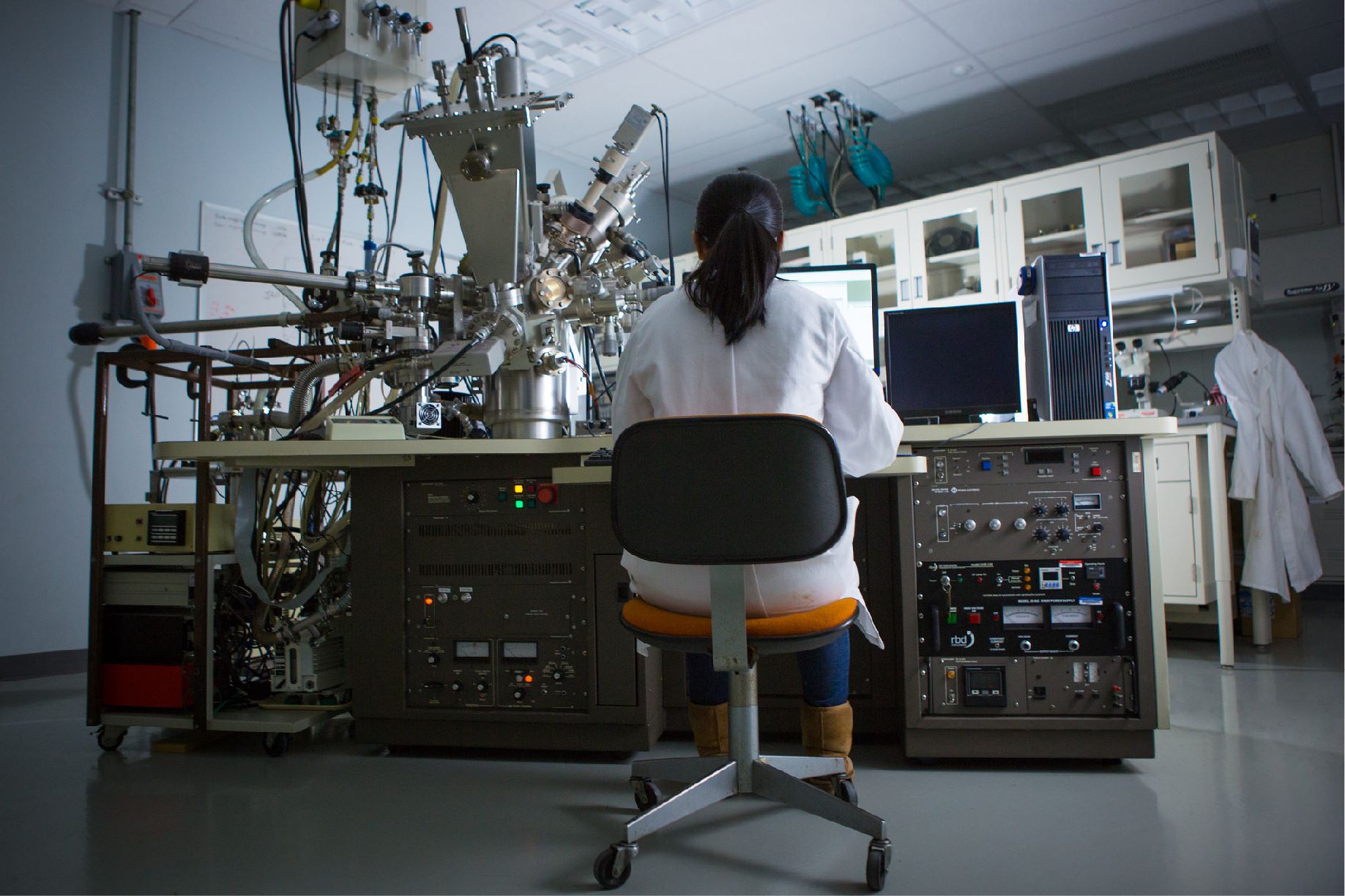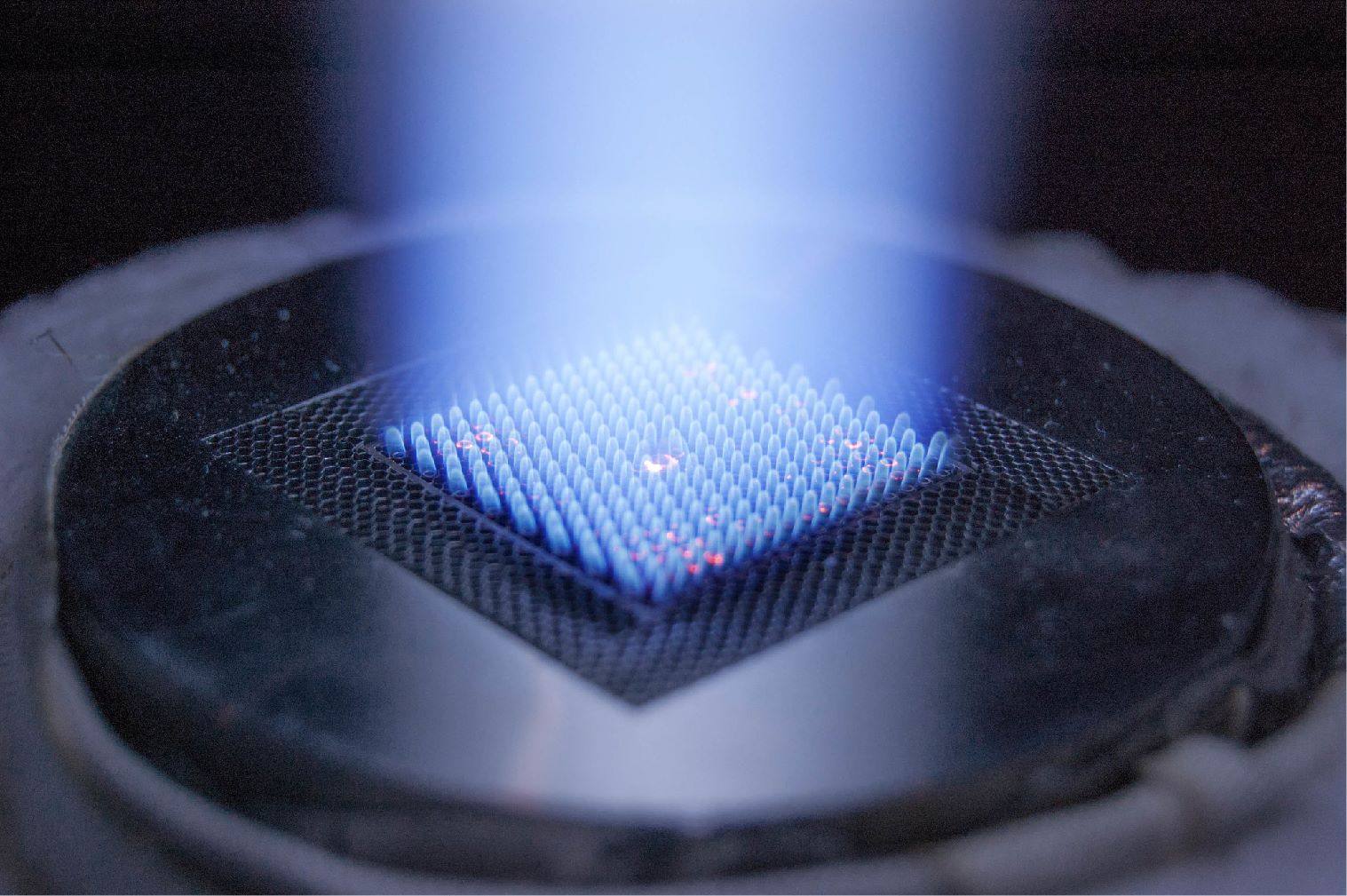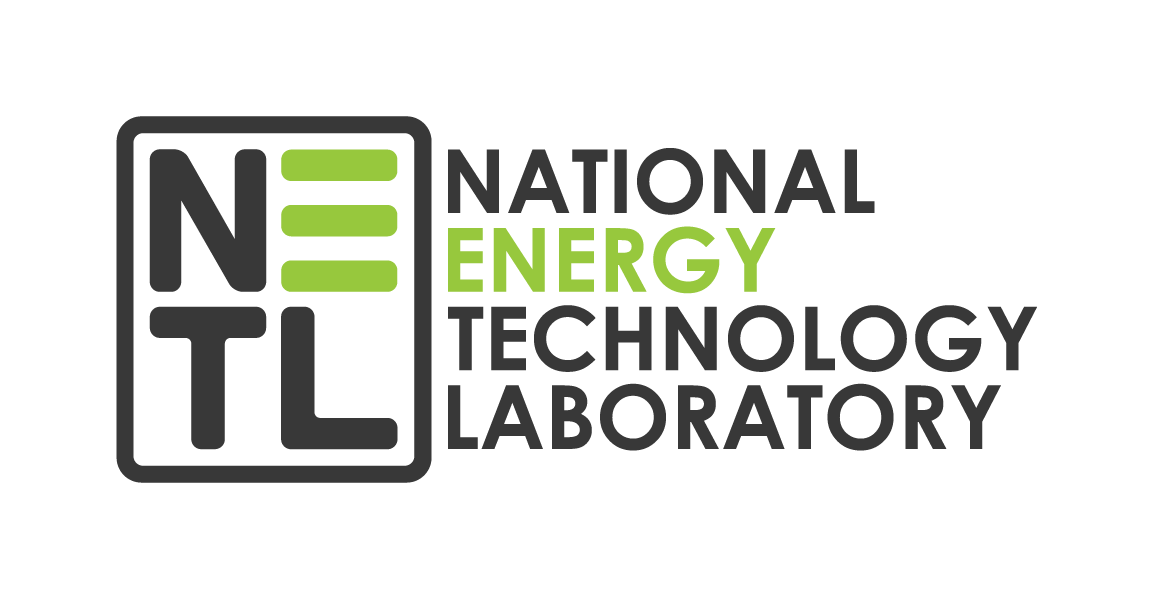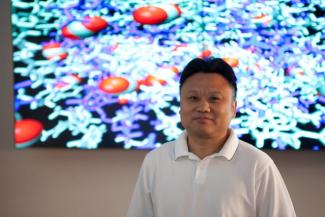NETL researchers are applying the Lab’s advanced computer modeling capabilities toward research that could usher in an untapped energy source through nuclear fusion rather than traditional nuclear fission reactions.
“Today’s nuclear reactors create heat for power generation through fission, a splitting of atoms. However, nuclear reactors in the future could leverage the same process that powers the sun — fusion — in which atoms are joined to create energy in a process that is safer, clean, more powerful and doesn’t create long-lived radioactive waste,” NETL’s Yuhua Duan said. “Tritium, along with deuterium, will be needed to fuel these new reactors. The fusion reaction releases a huge amount of energy, neutrons, and helium, so it is important to fully understand the processes involved in creating this important hydrogen isotope. That is where our modeling expertise comes into play.”
Tritium-producing burnable absorber rods (TBARs) create tritium when placed inside current nuclear fission reactors. These rods contain pellets made of a material with lithium isotopes. When the reactor runs, the pellets are exposed to radiation to absorb neutrons, changing the lithium and creating tritium through a reaction.
“Inside of a TBAR, there is tube used to capture tritium,” Duan said. “The tube is made of a zirconium alloy plated with nickel. When the pellets release tritium, it first moves, or diffuses, to the nickel coating where it breaks down into its constituent individual atoms. The atoms then move into the zirconium alloy where they chemically react into a stable form and the tritium can be stored.”
The NETL simulation team first focused on determining which tritium species are produced from the pellets and diffused into the tube. The simulated results showed that the main product is tritium gas molecules, but with modifications, tritiated water could also be formed. Then, those tritium products diffuse to tube for storage.
The computer simulations focused on the boundary, known as the interface, between the nickel plating and the zirconium alloy layer. The team first modeled how the tritium moves when there are no imperfections or impurities in the materials, finding that the isotope faced no significant energy barrier and readily moved into the zirconium alloy layer. They also modeled what happens when impurities such as tin or oxygen were present at the interface, noting that these impurities affected the stability of tritium and introduced energy barriers or trapping sites, which could hinder the tritium movement through the interface.
Additionally, the team simulated the effects of using alternative pellet materials that could produce a higher tritium yield. They also explored the effects of different alloy configurations and built a database for training machine-learning approaches to predict how much tritium each could produce.
Duan and his team provided their findings to partners conducting physical experiments aimed at improving the understanding of TBAR irradiation and tritium production as part of the Tritium Technology Program at Pacific Northwest National Library.
“Our modeling efforts are revealing fundamental insights into the tritium production and its diffusion behavior at the crucial interface area,” Duan said. “The knowledge gained in this work could improve the efficiency and lifespan of TBARs and enhance tritium production, which will lead to a steady fuel source for tomorrow’s fusion reactors. Furthermore, working with other national labs has demonstrated that together we can solve even very large energy problems.”
The U.S. Department of Energy has identified fusion research as an important part of unleashing the golden era of American energy dominance, and NETL is committed to leveraging its cutting-edge laboratories and skilled workforce to support this and many other departmental priorities.
NETL is a DOE national laboratory dedicated to advancing the nation’s energy future by creating innovative solutions that strengthen the security, affordability and reliability of energy systems and natural resources. With laboratories in Albany, Oregon; Morgantown, West Virginia; and Pittsburgh, Pennsylvania, NETL creates advanced energy technologies that support DOE’s mission while fostering collaborations that will lead to a resilient and abundant energy future for the nation.




